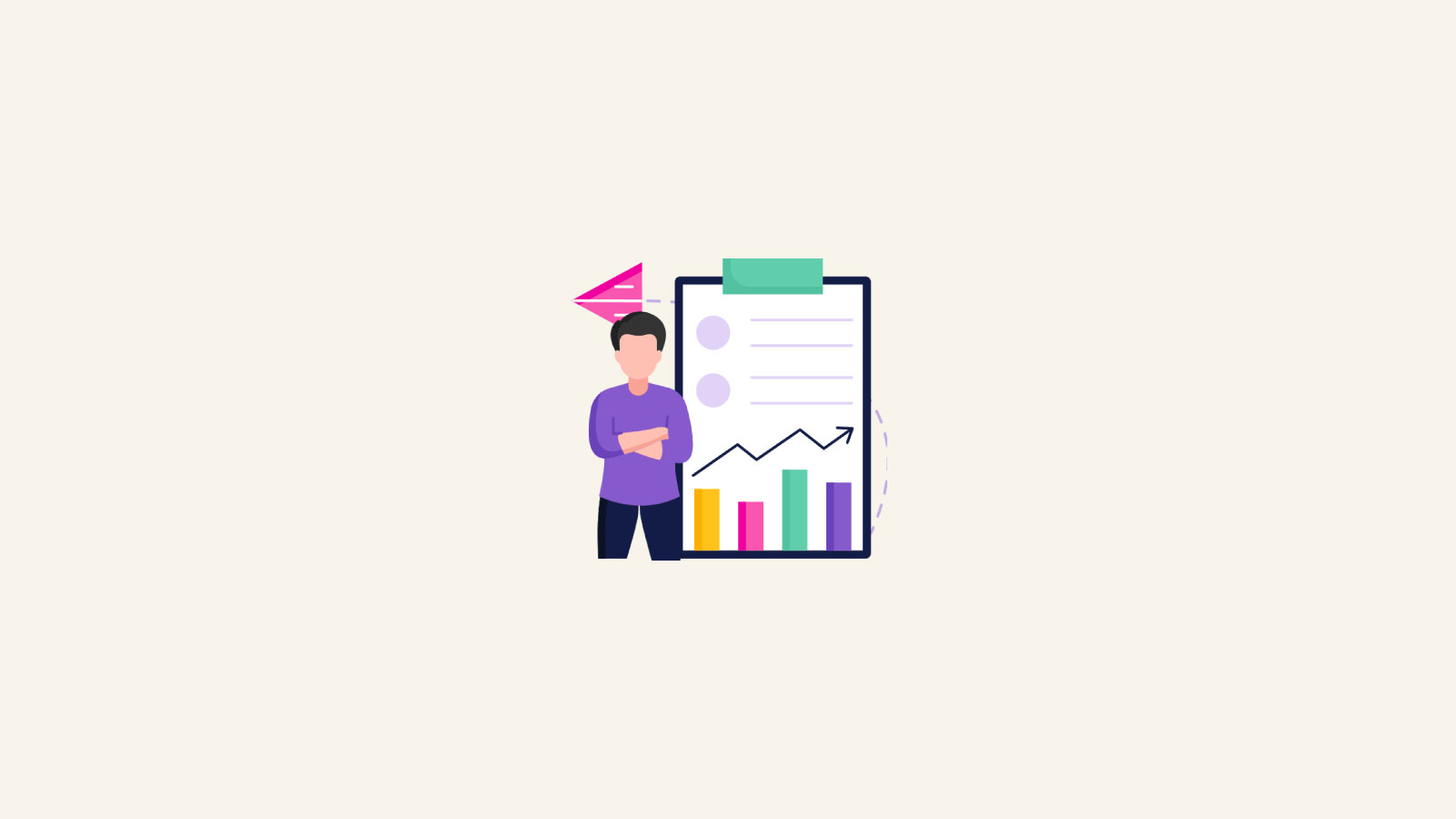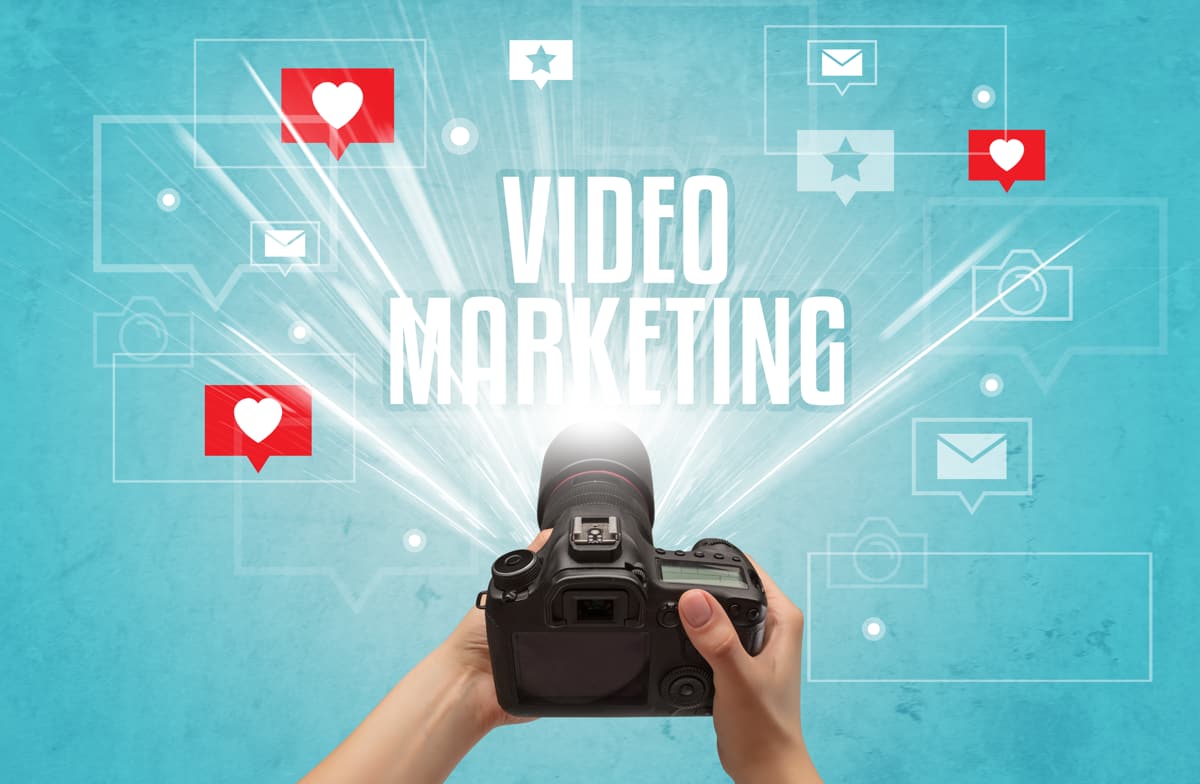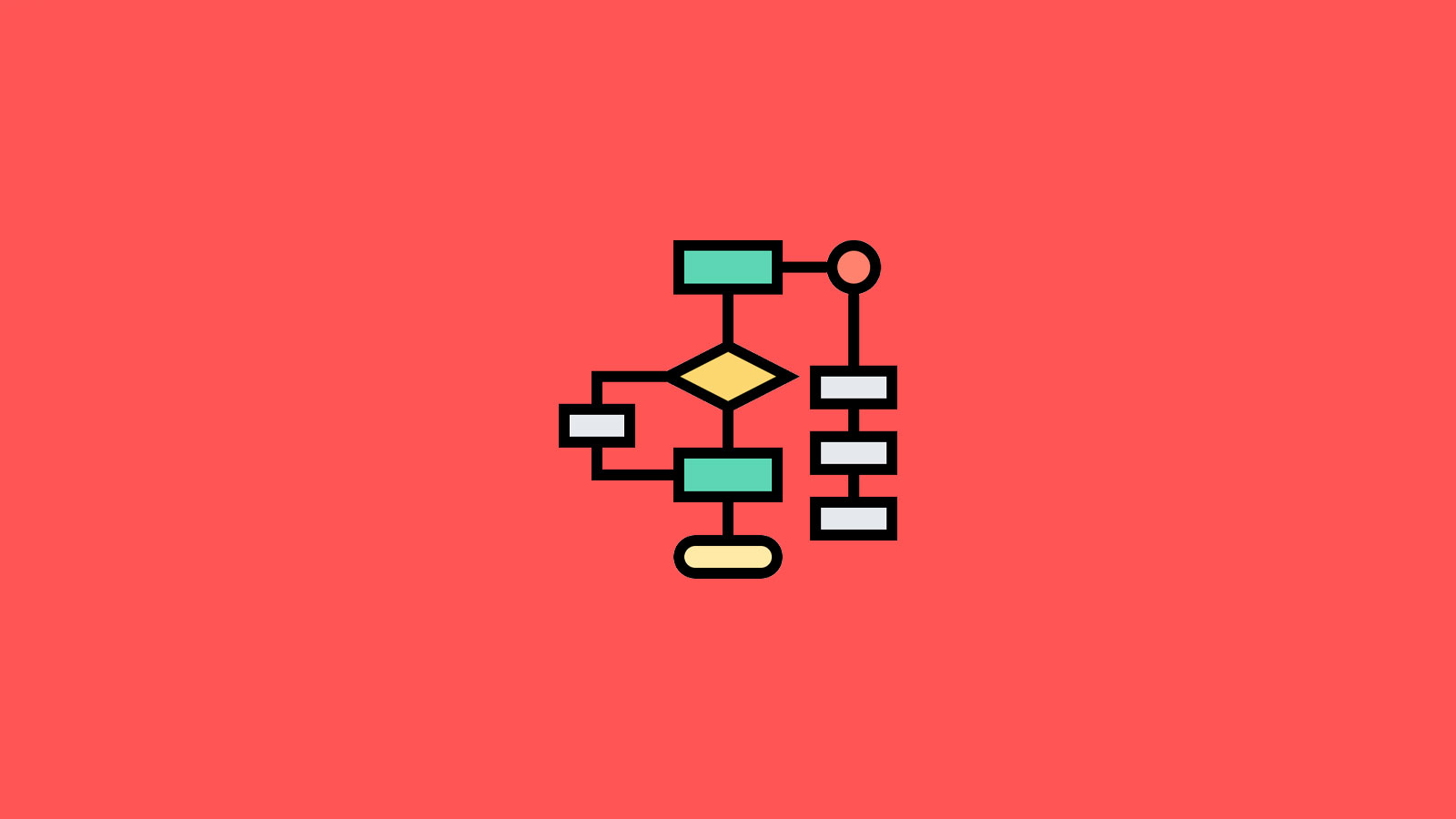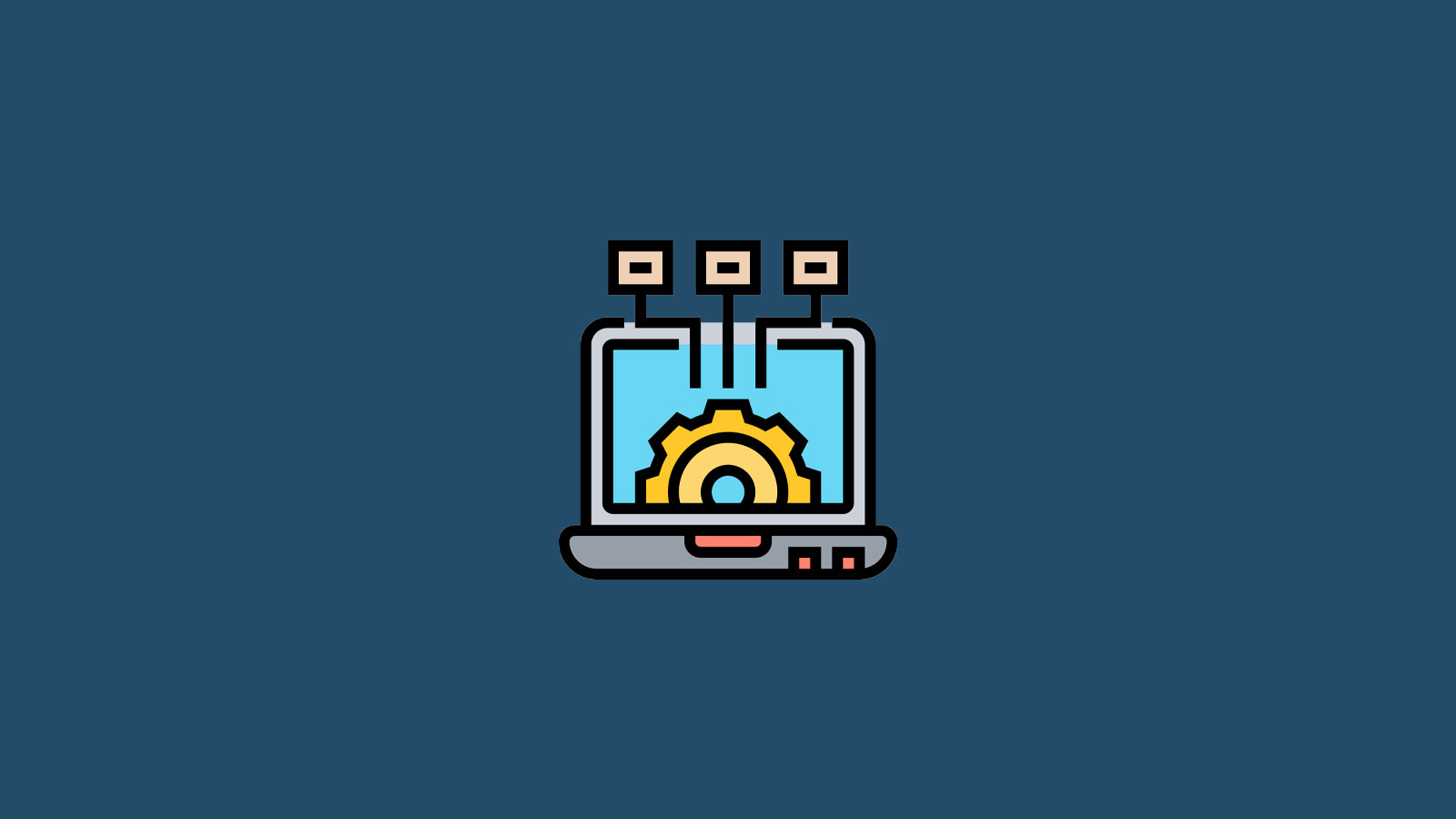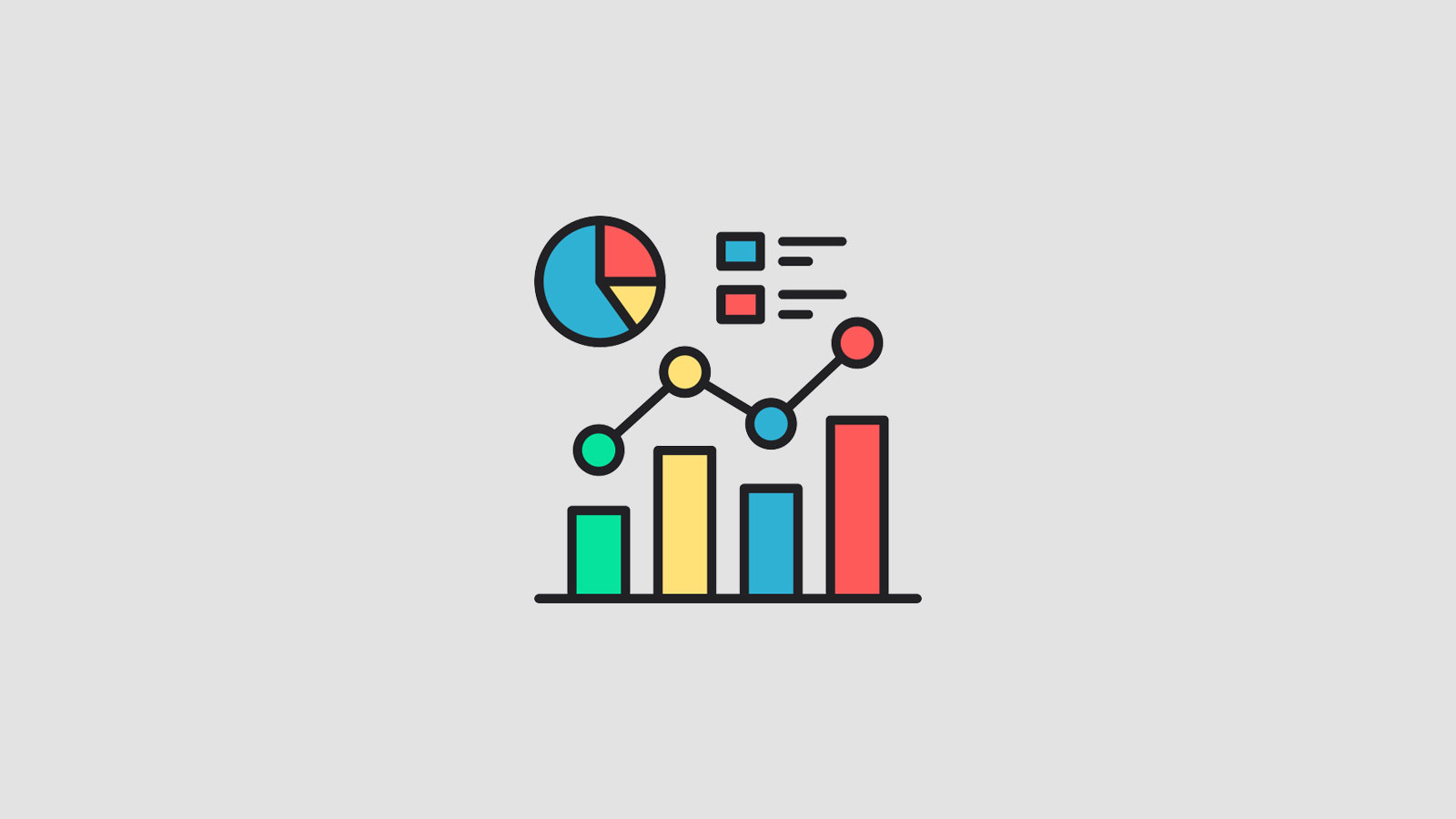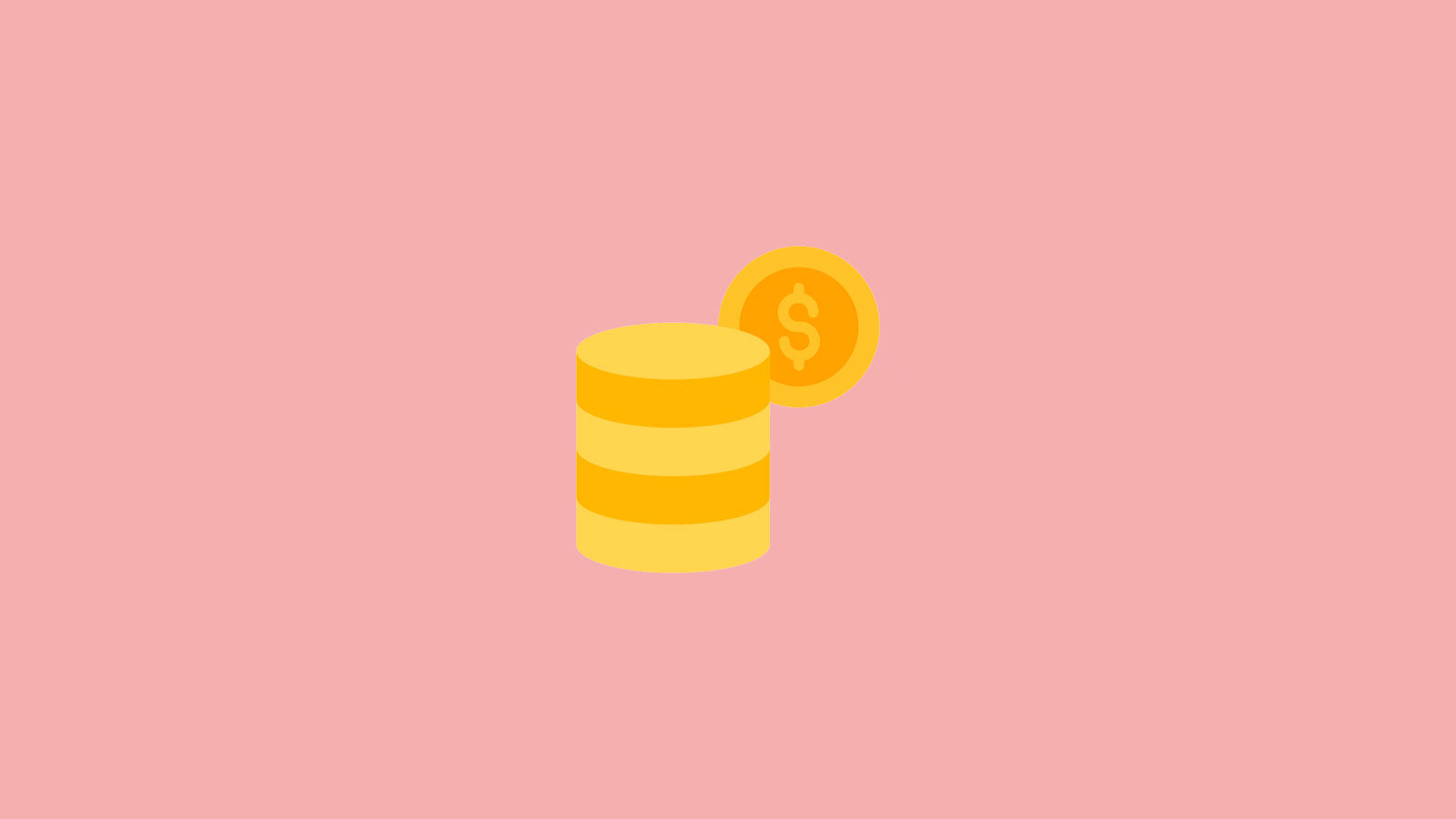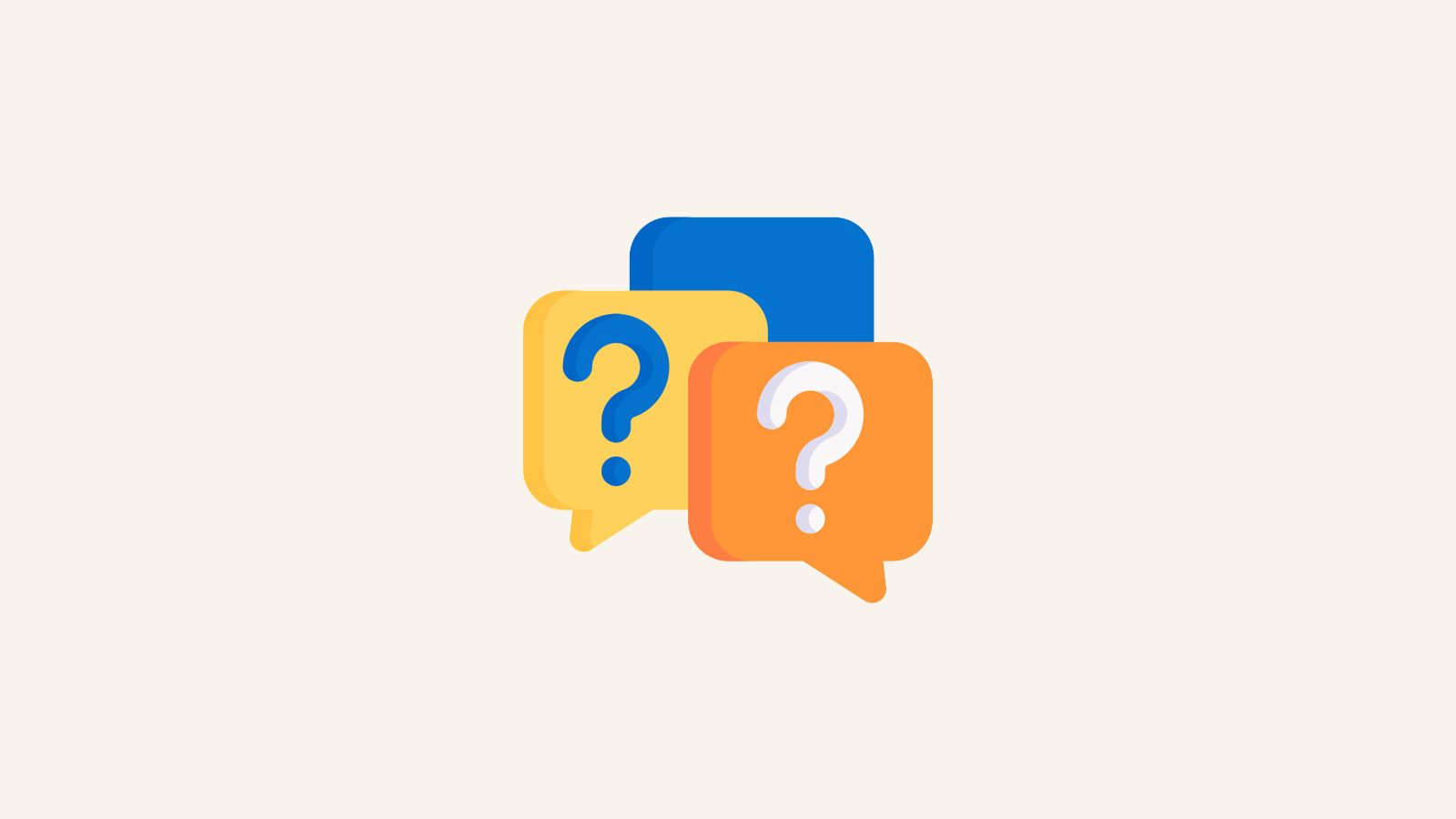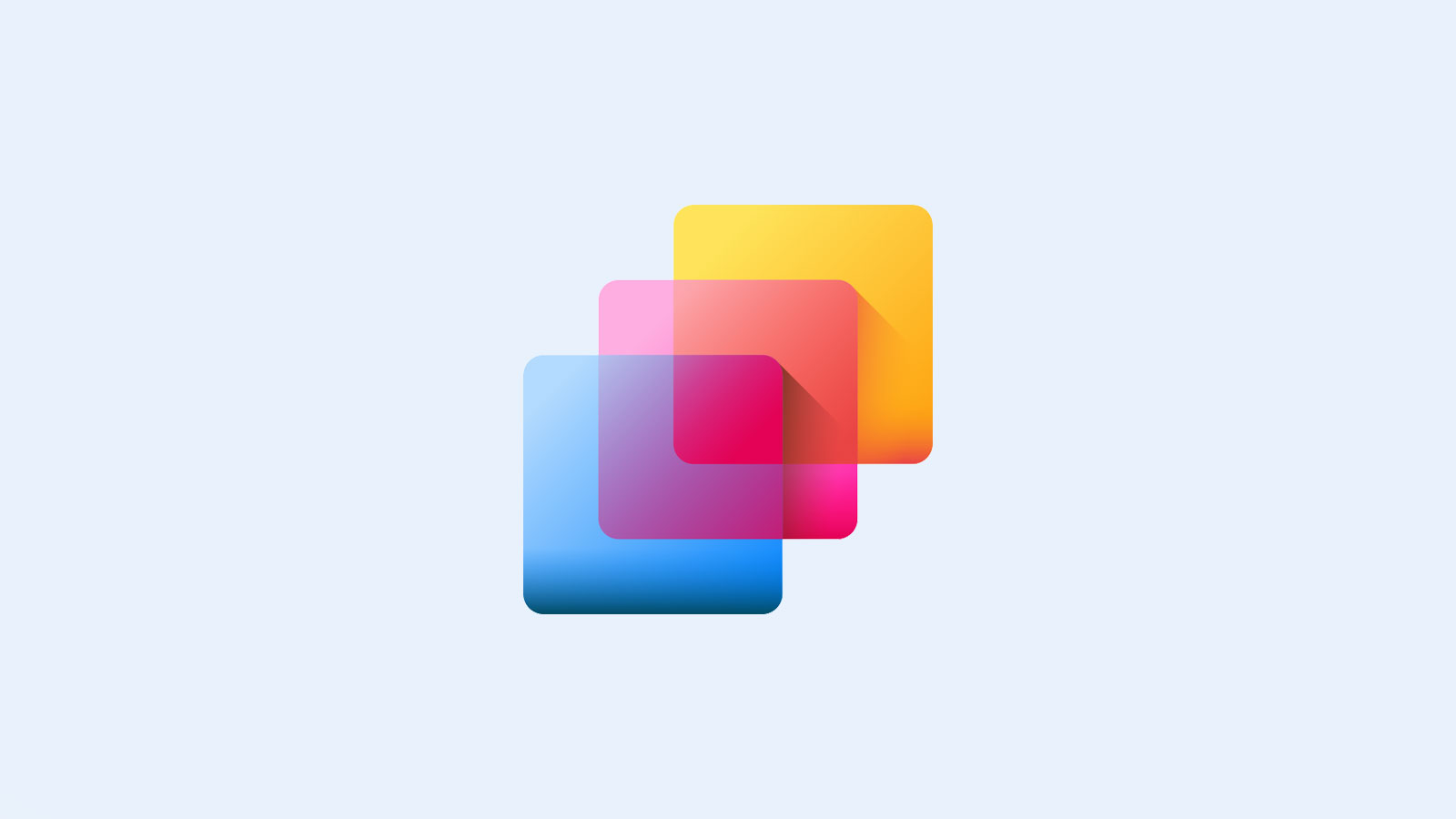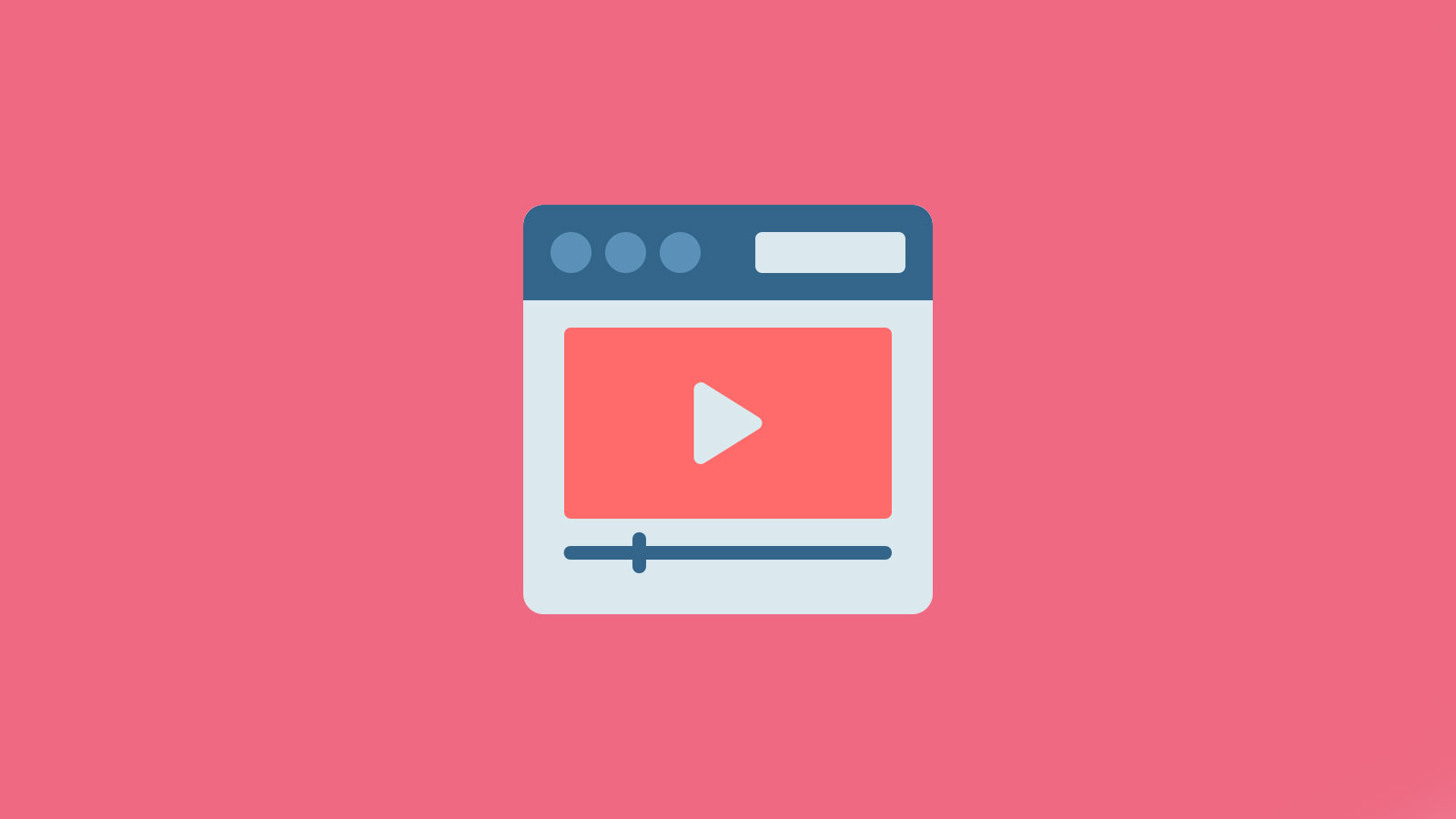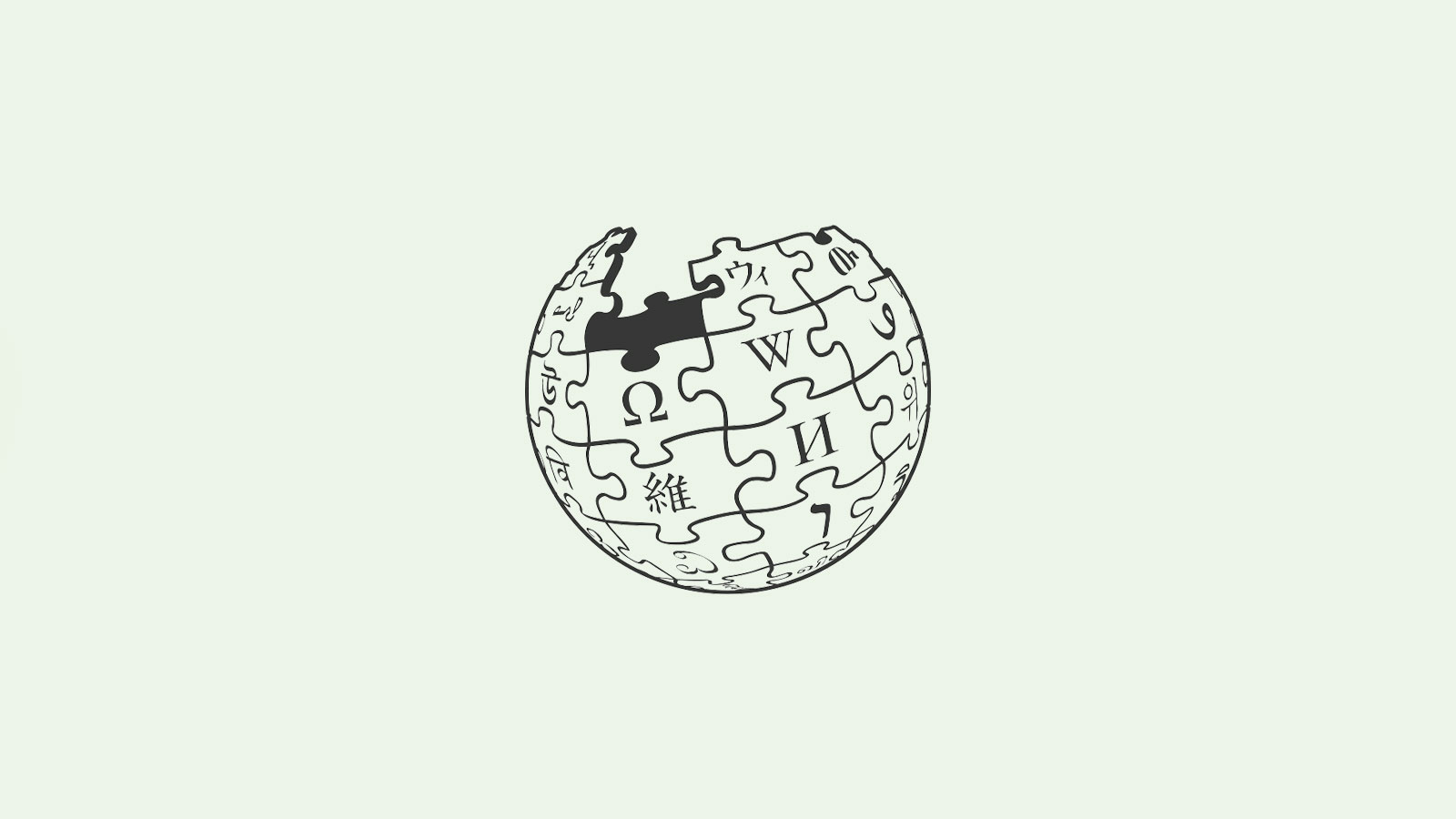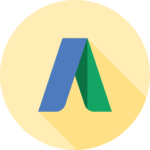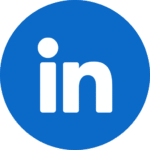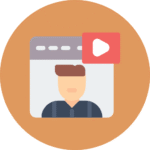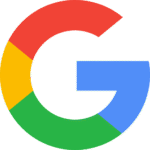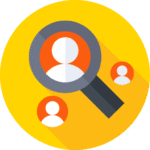Once upon a time, “promoting your business” meant plastering your face on a billboard or printing a mountain of flyers. It was expensive and very slow. Like, think about Parachute’s hair oils. Did those radio jingles ever compel people to buy them? Who knows.
Fast forward a couple of decades, and the game has flipped on its head. With the rise of Digital marketing, the way businesses promote themselves has fundamentally changed. Social media feeds and search engines have become the new promotional methods.
Digital business promotion is giving brands instant visibility far beyond their local streets. It is more targeted and cost-efficient. From mom-and-pop shops to global brands, businesses of any size can benefit from it.
Stick around, because we’re about to unpack why businesses need digital business promotion.
Table of Contents
ToggleUnderstanding Digital Business Promotion
So, what is digital business promotion, anyway? For this type of marketing, businesses use digital platforms for precision-targeting. Instead of relying on word of mouth or a “For Sale” sign in your shop window, you’re using user reviews and testimonials.
The toolkit is pretty diverse. It includes:
- Search Engine Optimization
- Social Media Marketing
- Pay-Per-Click Advertising
- Email Marketing
- Influencer & Affiliate Marketing
Put simply, digital business promotion is the combination of all these strategies. People often mix things up and assume it is the same as general digital marketing. Digital marketing is like an umbrella. It encompasses everything from having a website to posting memes on Twitter.
Now that the basics are out of the way, we are going to discuss the core components.
Core Components
Digital promotion is a mix of different tools and strategies that work together like gears in a machine. Each component has a unique role to play. Here’s a breakdown:
Website & SEO
Your website is your first point of contact for many of your customers. It’s a space where you have full control over how they experience your brand. But there’s no point in owning a website if it’s not discoverable. This brings us to SEO.
SEO is the process of being ranked by Google when people are searching for services you offer. For example, when someone types “best matcha near me,” it’s very likely that they plan to purchase it. Showing up on the first page of SERPs is like having your shop on the busiest street in town.
SEO can be divided into three layers:
- On-page SEO
- Technical SEO
- Off-page SEO
For a sustainable digital business promotion, SEO works wonders. It’s a cycle that feeds itself. You get maximum ROI and long-term visibility.
Social Media Marketing
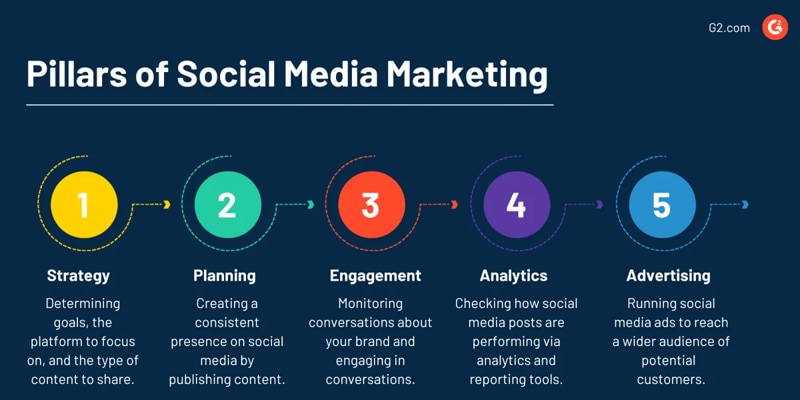
The power of social media lies in its ability to humanize your brand. Unlike a static ad, social platforms let businesses be part of people’s everyday lives by showing up in their feeds. Each platform has its own “vibe,” and the most successful brands tailor their content to fit both the platform and the audience.
There are two main sides to social media marketing:
- Organic marketing
- Paid social advertising
If we were to list the benefits of social media marketing, brand awareness would be just the tip of the iceberg. Social media builds a community that provides real-time feedback. Customers can ask questions, leave reviews, and tag you in posts. When done right, social media becomes not just a megaphone for your brand, but a dialogue that deepens customer relationships.
Email Marketing
Email still remains one of the most powerful digital promotion tools because it’s direct and personal. Welcome emails introduce new subscribers to your brand, newsletters keep them updated and engaged, and targeted campaigns call to action. Unlike social posts that vanish into oblivion after a while, emails stick around until they’re read (or deleted).
Paid Advertising
Sometimes businesses need quick boosts. The beauty of paid ads is that you know exactly how much you spent and how many clicked through.
With Google Ads, your business shows up right at the top when someone searches for relevant keywords. Facebook and Instagram ads, on the other hand, allow hyper-targeting. This means you can choose audiences based on interests, demographics, and even behaviors.
Let’s say you are a travel agency. You can target people who recently looked up “holiday destinations.” Paid ads put your brand in front of exactly the people you want, often within hours of launching a campaign.
Content Marketing
Content is the glue that holds digital promotion together. If paid ads grab attention, content marketing is what keeps people around.
Your audience gets hooked when you keep them entertained. Take a fitness brand, for example. Instead of only pushing product ads, they might publish workout tips and share Instagram infographics about nutrition. This works as a great promotion for the brand.
Content also feeds directly into SEO as it can bring in organic traffic. Plus, content can be repurposed: a blog becomes a LinkedIn post, which becomes an email newsletter. All in all, content marketing transforms a business from “just another seller” into a trusted voice in the industry.
Common Myths and Misconceptions
For something that’s become the backbone of modern business, digital promotion is still surrounded by some hilariously outdated myths. Let’s set the record straight, shall we?
Myth 1: “It’s only for big brands.”
Ah, yes, because the internet has a VIP lounge where only corporations with billion-dollar budgets are allowed in. Meanwhile, small businesses are left outside with their sad flyers.
Reality check: Digital promotion is the great equalizer. A local bakery can show up in Google search results right next to a massive chain if their SEO game is strong. Digital tools scale up or down depending on budget, which means they should be more valuable for small businesses. It’s because small businesses require fewer resources.
Myth 2: “It’s too expensive.”
It’s easy to see where this one comes from. When you’re running a small business, every expense feels like a burden. The idea of pouring money into ads or campaigns starts to seem like a luxury.
Reality check: Nobody wants to take risks with a tight budget. Unlike traditional ads that demand huge upfront costs (billboards, TV spots, glossy brochures), digital tools are flexible. You can start with $20 in Facebook ads or free SEO tweaks on your website, and go up once you see results.
Myth 3: “Results happen instantly.”
This one’s my favorite. Some people think setting up a website or running a couple of ads will magically bring in a flood of customers by the next morning.
Reality check: Digital promotion is not a slot machine that spits out instant jackpots. Some channels, like paid ads, can deliver fast visibility, but sustainable success comes from consistency. It’s more like going to the gym instead of taking steroids: progress happens, but only if you show up regularly.
Advantages of Digital Business Promotion
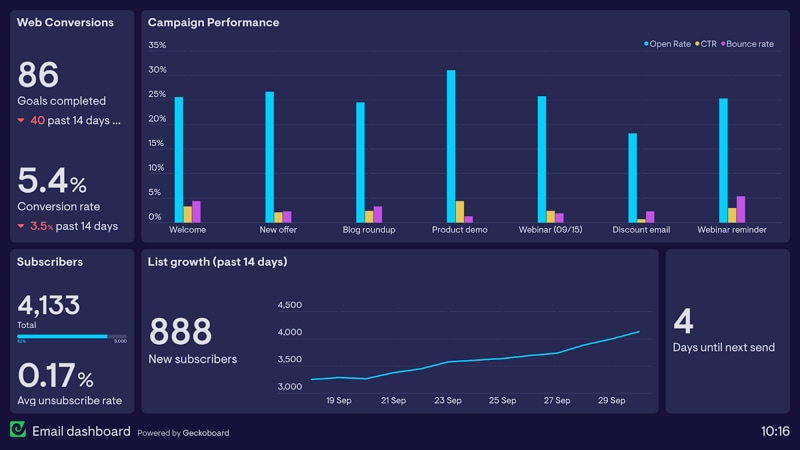
Digital promotion’s real power lies in how it adapts to different business needs. To name a few benefits:
- Affordable
- High Conversion Rates
- Reputation & Authority
- Geo-targeting and local SEO
- Measurable & Adaptable
For small businesses and startups, it’s a lifeline since budgets are tight. Imagine a local coffee shop creating a few Instagram Reels showcasing their signature lattes. Suddenly, they’re on the radar of nearby coffee lovers.
A perfect example of building up a reputation would be a physiotherapy clinic posting recovery exercises and wellness tips on Instagram. Over time, this consistency transforms satisfied customers into advocates for your service.
Unlike brick-and-mortar stores, online brands can track behavior, test campaigns, and fine-tune everything about them. When your product is expertise (doctors or lawyers) rather than a physical item, building a reputation is crucial. Digital promotion helps build credibility and trust before a customer even steps through the door.
A common thread for digital promotion is that it lets businesses reach their target audience without wasting energy or money. It turns small investments into tangible growth.
Common Pitfalls
Digital promotion is powerful, but there are bumps along the way. One of the biggest hurdles is ad fatigue and competition. With every brand scrambling for attention online, your audience gets bombarded with similar ads until they are numb.
Then there’s the ever-shifting landscape of algorithm changes. Social media and search engines love to keep us on our toes. One minute your content is blowing up, the next it’s barely scratching the surface. It gets so unpredictable.
Budget constraints are another big issue, especially for small businesses and startups. Digital promotion may be more affordable than traditional marketing, but when money is tight, every dollar feels like a gamble. Deciding what to prioritize and how to avoid waste is a real struggle.
Even when you think you’ve mastered all these channels, there’s always the underlying challenge of constant evolution. Trends and audience behaviors change faster than most people can keep up with. The truth is, staying relevant requires a willingness to adapt to things you didn’t plan for.
The Future of Business is Digital
We’ve seen how a website, SEO, social media, and content can transform visibility and sales. From small startups to e-commerce platforms, there’s no alternative to embracing the digital landscape. Businesses should consistently show up for their customers.
To thrive in this economy, you need to strategically engage your audience. The earlier you start, the more momentum you have. So, if you’re ready to stop standing on the sidelines and want to genuinely grow your brand, let Ngital help you. Contact us today!
